by Berit Erickson
On 25 May, Kristina Rudnitski hosted our second 2024 WPP garden tour. This garden was a real treat!
Kristina moved here in 2008 and found the neglected yard full of invasives. Using her background in environmental science she transformed it by growing food, welcoming nature, and creating a beautiful, functional space for her whole family.
Backyard in part-shade
Kristina planted over 120 native species, as well as non-native food plants and some favourite ornamentals. The backyard is surrounded by a canopy of oak, maple, birch, and basswood trees creating dry and partly shaded conditions. Grassy paths meander past island beds and along borders around the perimeter of the yard. Vines climb the surrounding fences.
Kristina was undaunted by the dry, shady conditions. She added lots of native woodland plants, some of which were still in bloom on our tour: False Solomon’s Seal, Wild Geranium, Foamflower, Wood Poppy, Solomon’s Seal, and a variety of dogwoods. She also experimented with planting other types of native species that might seem unsuitable for the conditions – and she advised us to do the same. Don’t be put off by a plant’s so-called requirements; many sun species will also grow in part-shade, and moisture-loving plants will tolerate less. Plant the same species in different locations to test it, or find suitable microclimates.
Bees in Kristina’s garden
Dr. Jessica Forest was a guest expert at this tour. She explained that a part-shade garden is actually ideal for early bees that visit spring ephemerals blooming before trees leaf out. The trees and shrubs that create the shady garden are also good early sources of nectar and pollen.
Using a butterfly net, Dr. Forest captured a few bees and temporarily placed them in vials for us to examine. Several species of sweat bees and mining bees were visiting dogwood blooms, while Solomon’s Seal and Prairie Smoke flowers were popular with bumblebee queens. Forest also shared with us a valuable reference book The Bees in Your Backyard to learn about common bees found in our gardens.
Play space for children
A frequent excuse for leaving large residential lawns is that children need space to play. Kristina’s backyard shows how children can still have places to play and run around while you shrink the lawn. This backyard includes a tree house, a rope web climbing structure, lawn paths for running, and a disk golf basket. Multiple seating areas are also included for the grown-ups.
Growing food in part-shade
Kristina’s backyard also includes lots of food plants interspersed with the native species and non-invasive ornamentals. Several food guild island beds prove that permaculture plantings can be as pretty as they are delicious. The focal points of these island beds are disease-resistant, hardy cultivars of fruit trees surrounded by fruiting shrubs. For example, a sour cherry tree is grown with currants. Although Kristina tried native varieties of hazelnuts and plums, they were afflicted by blights and funguses and had to be removed.
In the sunnier front yard, garlic and currants are interplanted with native plants in a hugelkultur bed (below). It is watered via French drains that redirect rain run-off from the roof.
Wildlife habitat
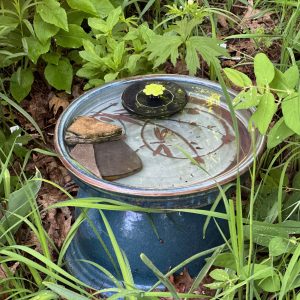 Wildlife habitat elements are everywhere in this garden. Log segments, from trees that had to be removed or were lost in storms, line many of the garden beds, while larger chunks are used for seating or decoration. There is a prominent snag (dead tree trunk) in the backyard, thanks (or more likely no-thanks) to the 2022 derecho.
Wildlife habitat elements are everywhere in this garden. Log segments, from trees that had to be removed or were lost in storms, line many of the garden beds, while larger chunks are used for seating or decoration. There is a prominent snag (dead tree trunk) in the backyard, thanks (or more likely no-thanks) to the 2022 derecho.
A bird feeder and several bird baths invite birds down from the surrounding tree canopy. One path is made entirely from large pieces of bark. Kristina stongly believes in using everything that nature provides.
Dry stone walls line the front yard beds providing another habitat option for insects, such as bumble bees, or other wildlife.
Art in the garden
This garden also prominently features works of garden art as focal points or in vignettes with plants. Kristina has included something for everyone in her dream garden.
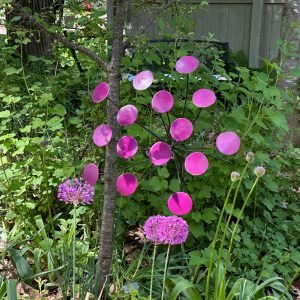 |
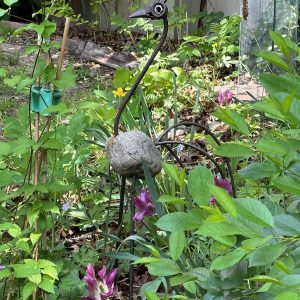 |
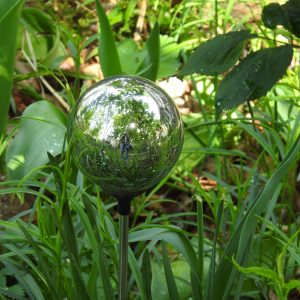 |
Please be sure to check our Upcoming activities page for more WPP garden tours over the summer.
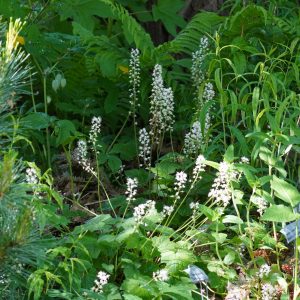
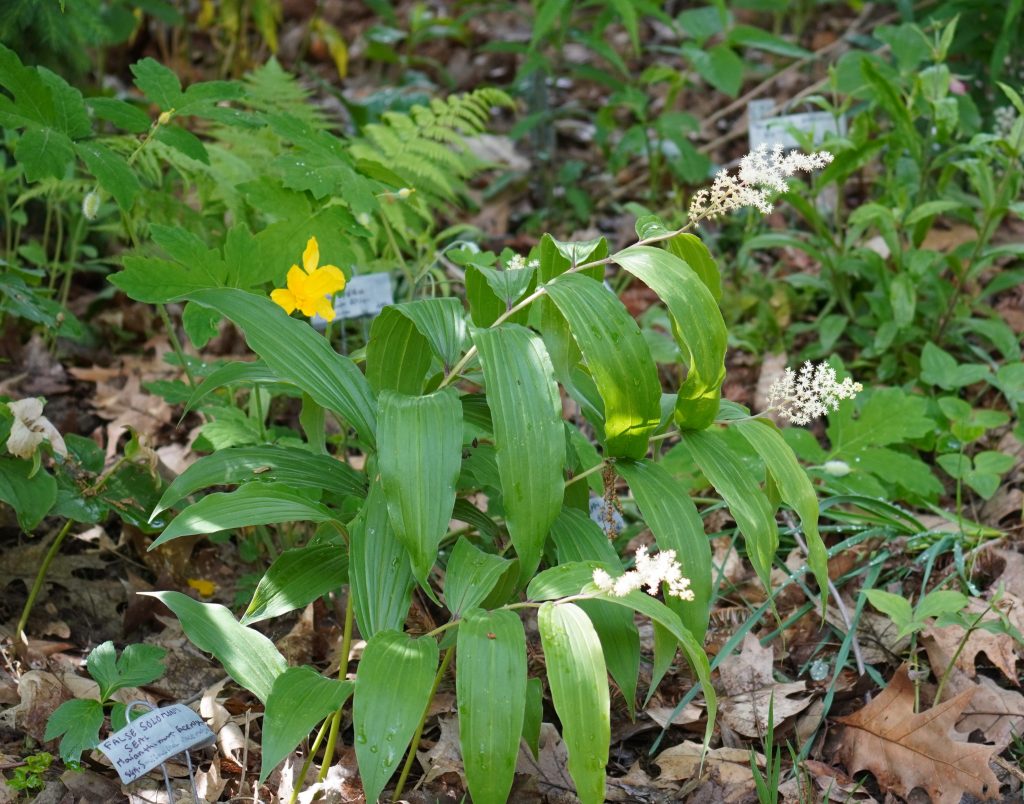
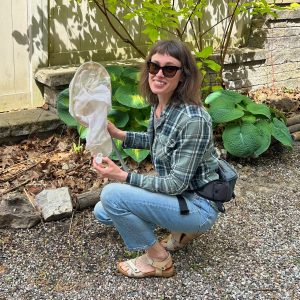
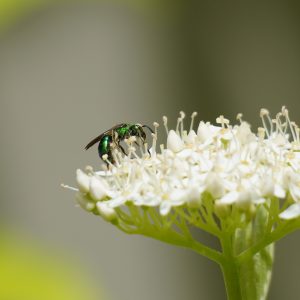
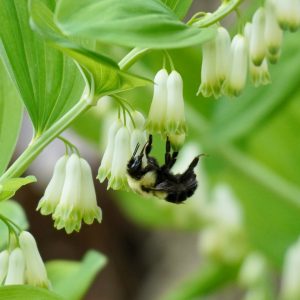
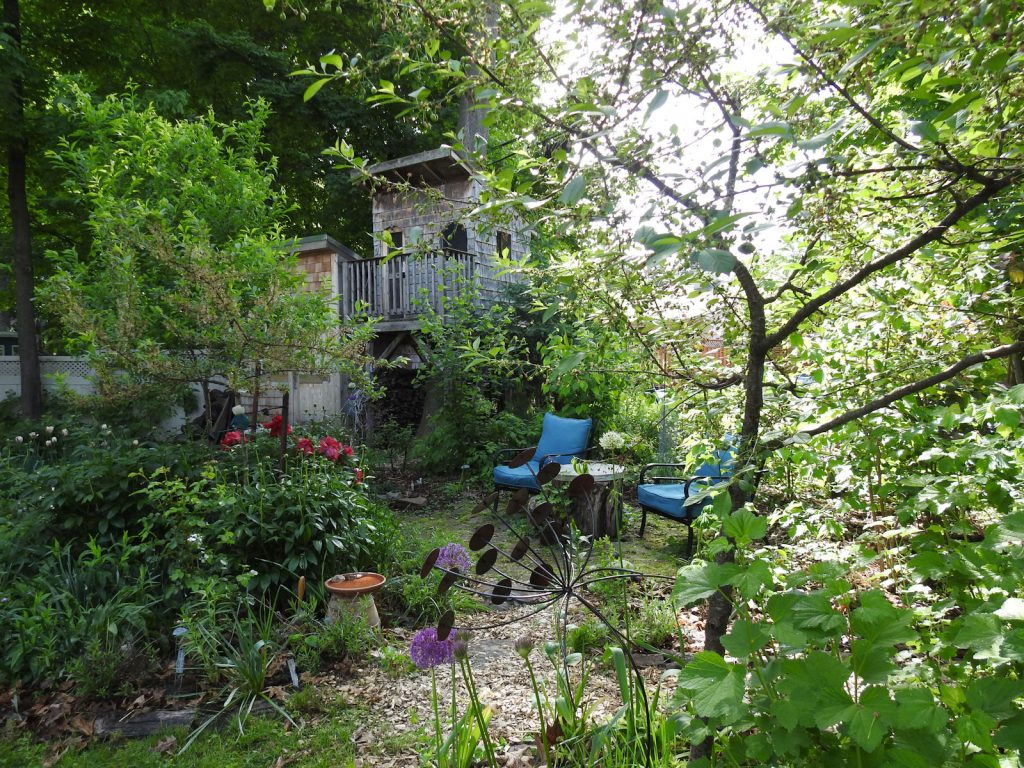
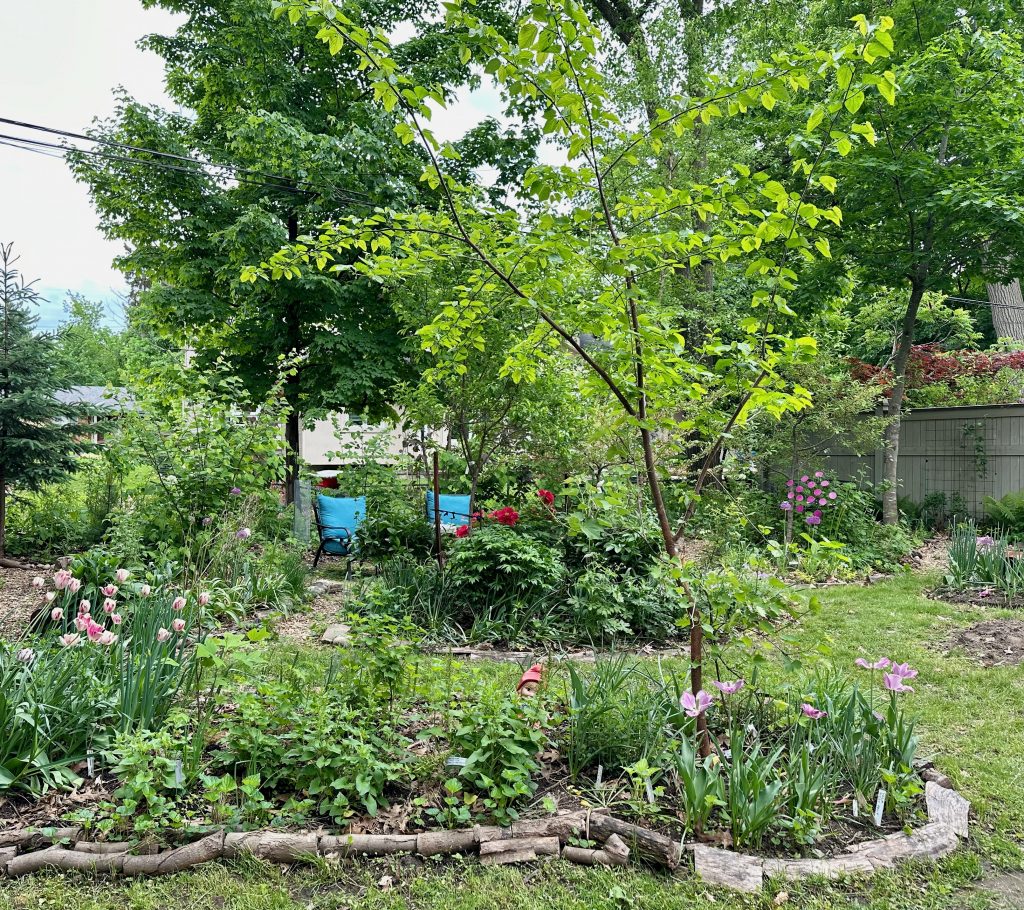
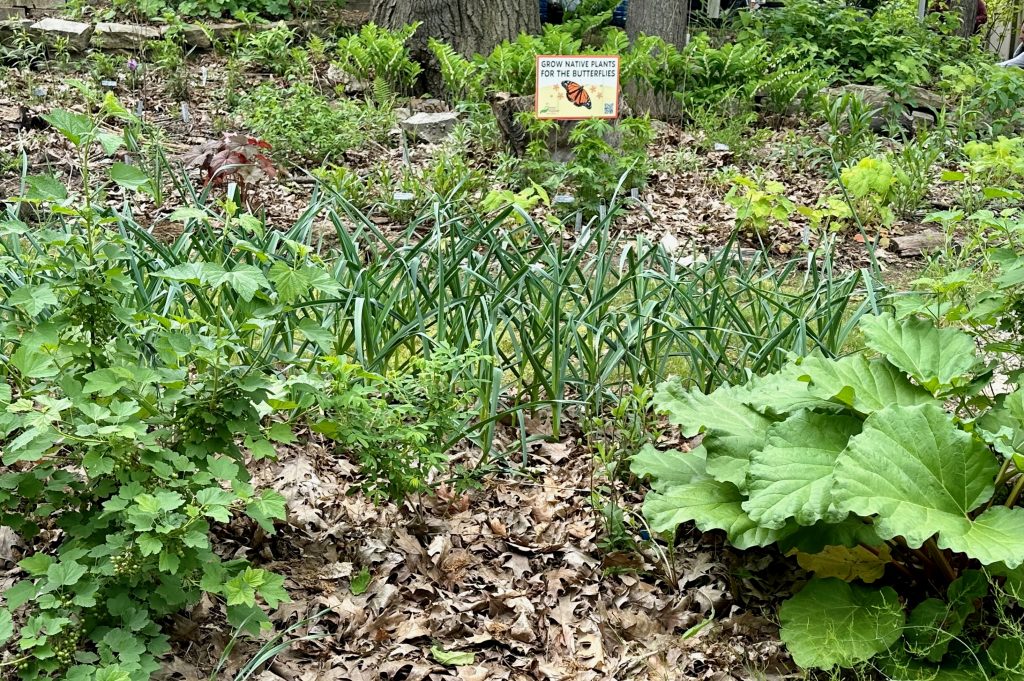
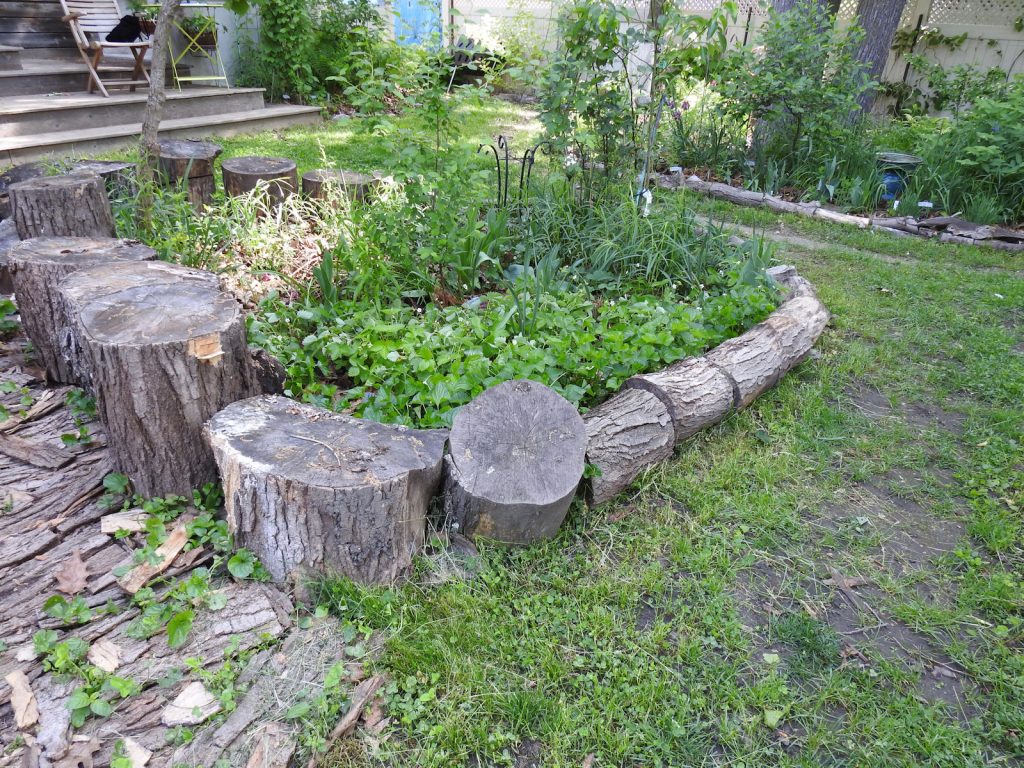
What a delightful spot! Sorry I missed the tour.
I missed that tour . Is it possible to see the garden from the street or look around?